Asia's largest and oldest karst landscape
UNESCO did not spare words when mentioning the transboundary heritage Phong Nha - Ke Bang ( Quang Tri , Vietnam) and Hin Nam No (Kham Muon, Laos). According to the latest UNESCO profile, Phong Nha - Ke Bang and Hin Nam No are located in the center of the Truong Son range, forming a transboundary geological and biological block with an area of nearly 220,000 hectares. This area converges the oldest karst features (limestone mountains) in Asia, formed in the Palaeozoic period, more than 400 million years ago, which is a special proof for UNESCO's criteria for outstanding geological and geomorphological values.
This continuous karst system possesses more than 220km of caves and underground rivers, including Son Doong Cave (Vietnam), the world's largest cave by diameter, and Xe Bang Fai Cave (Laos), with underground water flow during the rainy season reaching up to 2,880m 3 /s. Karst terrain types such as multi-branch caves, dry caves, hanging caves, closed sinkholes... are all present with high density and in an almost pristine state, creating a landscape of special scientific and aesthetic value that is rare globally.
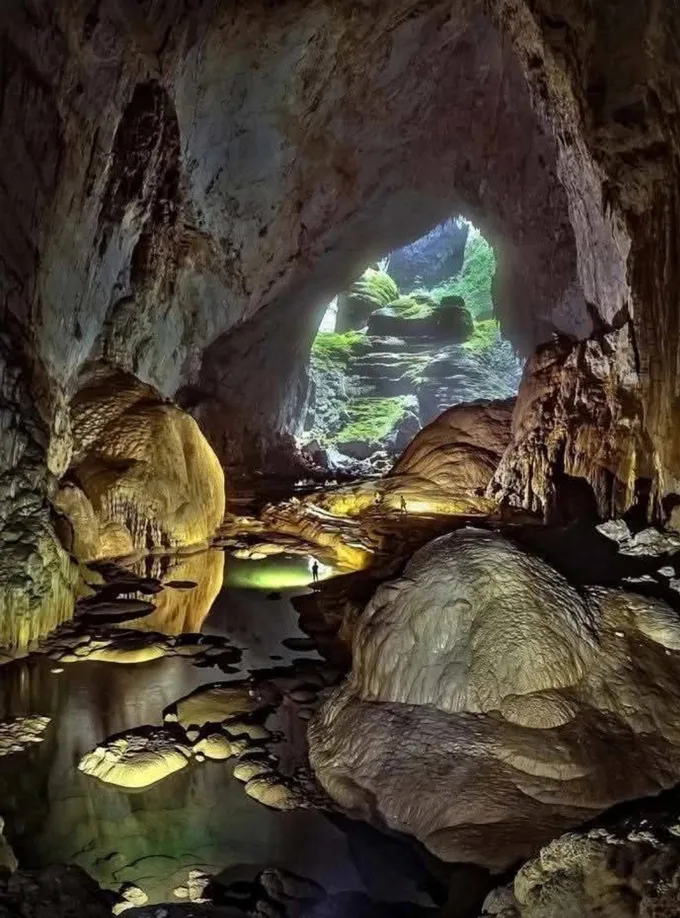
Son Doong, the world's largest cave, belongs to the Phong Nha - Ke Bang and Hin Nam No trans-border heritage sites.
Mr. Nguyen Luong, FFI flora and fauna conservation expert, assessed that the diversity of geological materials such as limestone, sandstone, schist, granite... interspersed to form a complex geomorphological system, has case study value in the fields of geology, hydrology, biology and climate change for this cross-border heritage.
Meanwhile, Mr. Pham Hong Thai, Director of Phong Nha - Ke Bang National Park, said: “According to UNESCO criteria, this area is a rare example of an intact, interconnected and naturally functioning karst ecosystem on a large scale. Evergreen forests, dry forests on limestone mountains, humid dwarf forests on sandstone and rare limestone pine forests coexist, creating a series of characteristic habitats for thousands of species of organisms.”
Of particular note is the underground ecosystem, which hosts cave-dwelling species such as blind fish, pigmentless insects, lichens, algae and many endemic species never recorded elsewhere. Cross-border connectivity ensures that biological evolution and adaptation continue naturally, undisturbed by administrative boundaries.
“This area is considered a global biodiversity hotspot with more than 2,700 vascular plant species, of which more than 400 are endemic to the Central Laos - Central Vietnam region. 800 vertebrate species include: 154 mammals, 117 reptiles, 58 amphibians, 314 birds, 170 freshwater fish species. The presence of rare, endangered and endemic species such as the Black-cheeked gibbon, Southern white-cheeked gibbon, orchids, begonias, cave fish... shows the vital importance of this area in global conservation. There are up to 133 globally threatened plant species and 104 globally threatened animal species, and at least 38 animal species endemic to the Annamite range, showing that this is the last habitat of many species,” expert Nguyen Luong assessed.
Sustainability across borders
Phong Nha - Ke Bang and Hin Nam No are both recognized as national parks. In Vietnam, Phong Nha - Ke Bang was established in 1986, expanded in 2015, and ranked as a special national monument since 2009. In Laos, Hin Nam No is a national park since 2020 under the new Forest Law, and is also on the IUCN Green List - a globally prestigious conservation index.
Mr. Pham Hong Thai said that the leaders of the two national parks have had comprehensive and careful plans to manage the trans-border heritage, including: planning the use of buffer zones, sustainable tourism plans, limiting the number and types of visitors in large caves such as Son Doong and Xe Bang Fai; strictly monitoring activities that impact the ecosystem, from logging to illegal hunting. The merger of the two adjacent conservation areas into one trans-national heritage helps increase the conservation area and enhance ecological integrity; expanding the representation of different geomorphological and ecological types in the Truong Son range.
Experts affirm that this cross-border heritage strengthens resilience against cross-border threats such as: forest exploitation, hunting, and uncontrolled tourism infrastructure.
Despite the continued risks of deforestation, infrastructure development, and impacts from mass tourism, joint management on both sides of the border would create a model for bilateral conservation while supporting local livelihoods through ecotourism and sustainable forest product harvesting.
Dr. Leonid Averyanov (Germany), one of the 20 scientists who wrote the above-mentioned transboundary heritage dossier, wrote: “This expansion is also a symbol of ASEAN regional cooperation in nature conservation. It not only contributes to global conservation goals, but also honors traditional knowledge and intangible culture of indigenous peoples such as Salang, Bru Van Kieu, May, Ruc, A rem...
Contribute to maintaining stability in the border area, affirming soft sovereignty through environmental cooperation. Create a foundation for responsible ecotourism, replacing short-term exploitation. In particular, with dozens of animal and plant species surviving only in this area, the Phong Nha - Ke Bang and Hin Nam No trans-border heritage is the last hope for their long-term survival, and is one of the last "green gems" of Southeast Asia that still retains its ecological integrity and endemic landscape.
Source: https://www.sggp.org.vn/di-san-xuyen-bien-gioi-phong-nha-ke-bang-va-hin-nam-no-vung-karst-quy-xuyen-bien-gioi-viet-lao-post812049.html






![[Photo] Prime Minister Pham Minh Chinh chairs a meeting of the Government Standing Committee to remove obstacles for projects.](https://vphoto.vietnam.vn/thumb/1200x675/vietnam/resource/IMAGE/2025/10/06/1759768638313_dsc-9023-jpg.webp)

























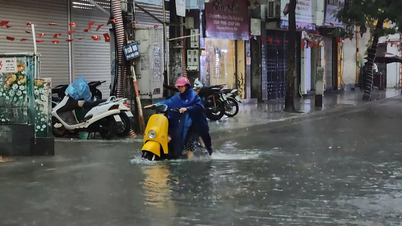





![[Photo] Prime Minister Pham Minh Chinh chaired a meeting of the Steering Committee on the arrangement of public service units under ministries, branches and localities.](https://vphoto.vietnam.vn/thumb/1200x675/vietnam/resource/IMAGE/2025/10/06/1759767137532_dsc-8743-jpg.webp)



























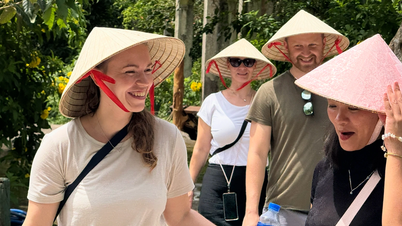








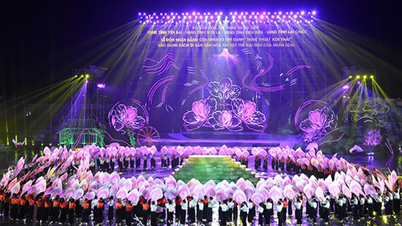


















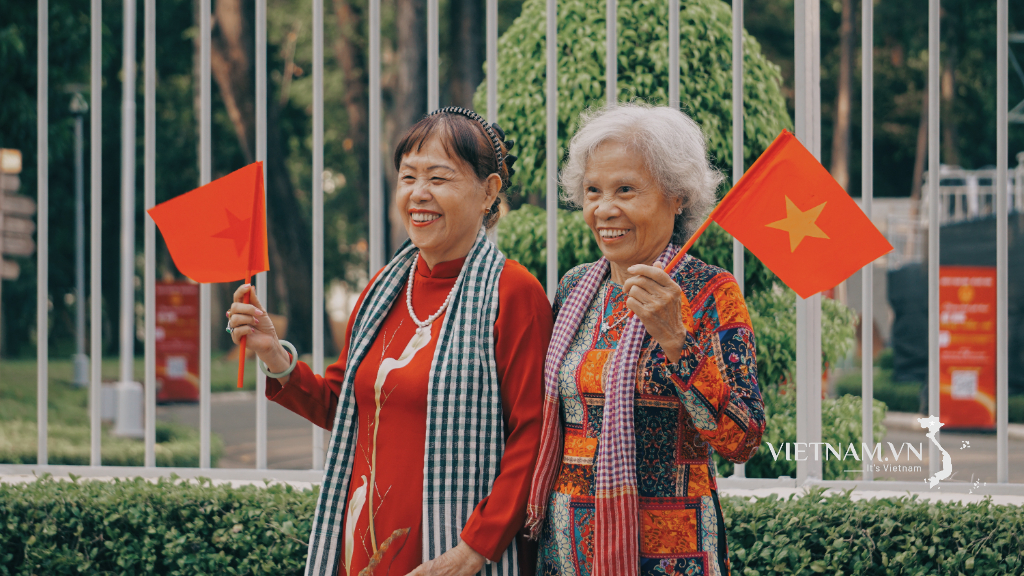


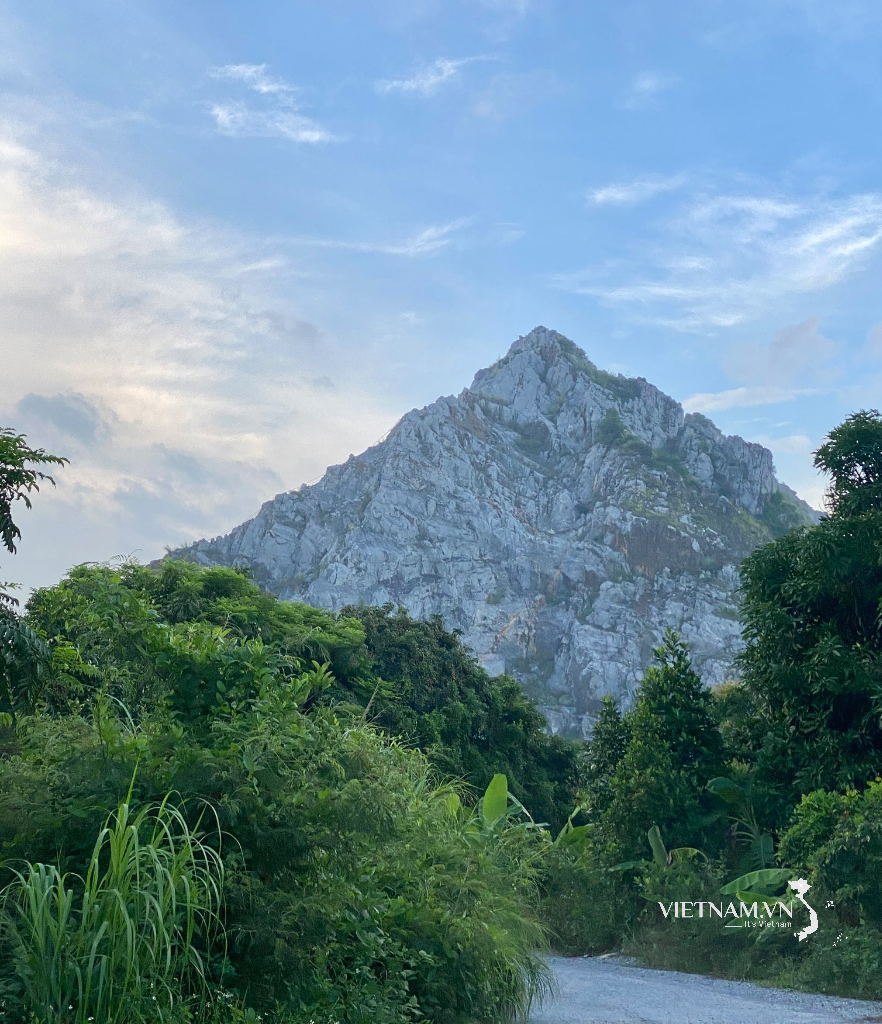
Comment (0)